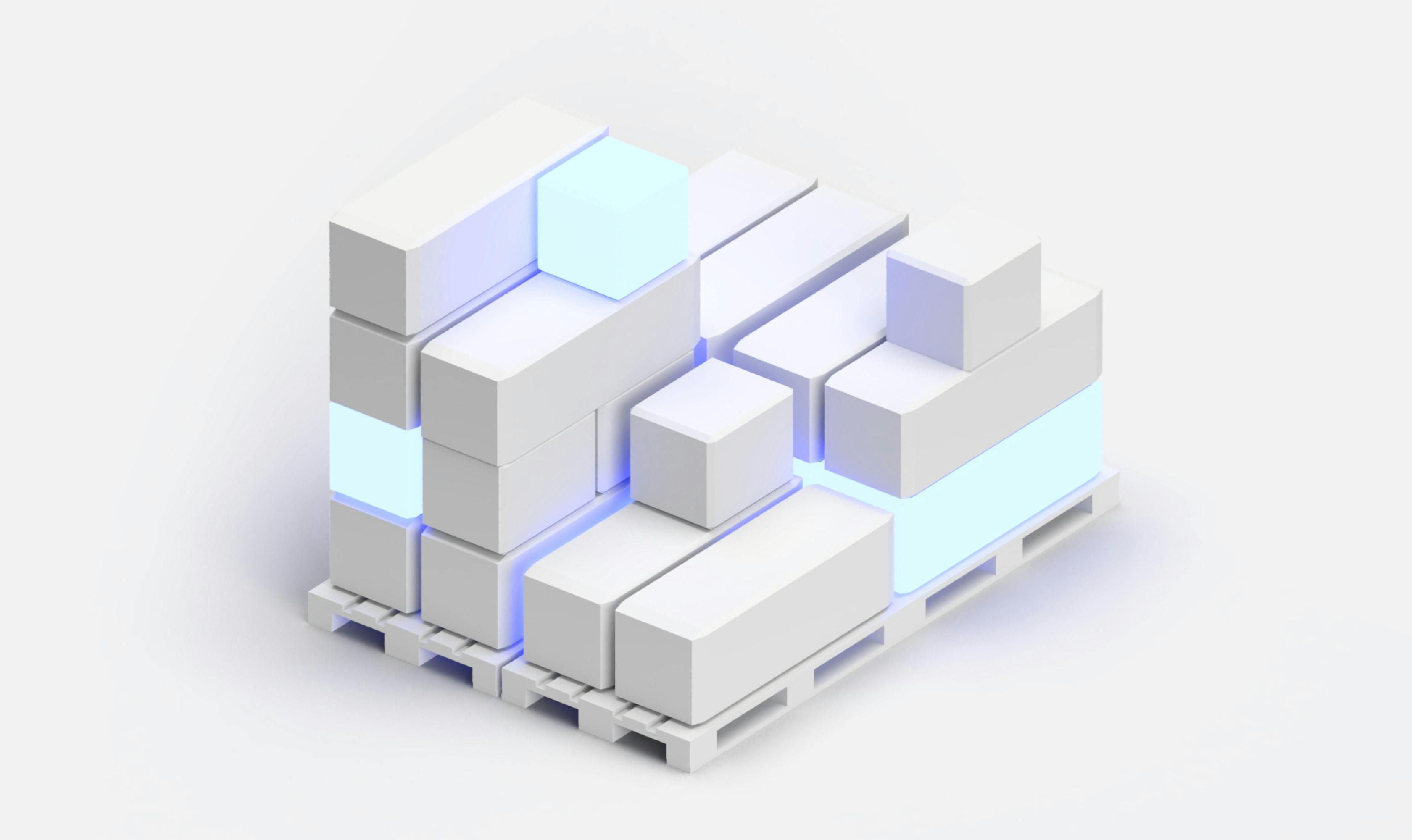Distributed order management enables omnichannel retailers to offer their customers better, faster fulfillment at a more effective cost. Both B2B and B2C companies are racing to keep up with higher customer expectations, especially in the face of one and two-day shipping guarantees normalized by giant e-commerce retailers like Amazon. The key to high-speed, low-cost order fulfillment isn’t just in upgrading emails and spreadsheets to an inventory management system, or even in an order management solution that swallows online orders and spits out shipping orders. Turn to an all-in-one integrated distributed order management system that optimizes what fulfillment center an e-commerce order is sent to, when and how it should be delivered, and seamlessly blends in-store and online inventory management.
What is Distributed Order Management?
Distributed order management (DOM) optimizes the fulfillment order lifecycle to ensure customer orders are processed, shipped and delivered on time at the least possible cost. A DOM system automates several functions of the fulfillment process, such as order routing, order splitting and order shipping. As a cloud-based software, it can live across multiple cloud and legacy systems with infinite scalability, providing real-time inventory visibility and syncing e-commerce and retail store sales channels. Customers have a better omnichannel experience with lower shipping cost opportunities available, like buy online and pick up in store (BOPIS).
More than an Order Management System
Order management software, which can be on-premise or cloud technology, tracks and processes inventory and order fulfillment. It manages order entry and incoming orders, routing them to a defined warehouse, distribution center or fulfillment center. A distributed order management system is cloud-based and operates in multiple environments, adding an extra layer of functionality and automation to supply chain management. An order management system and a distributed order management system provide the same core functions, but a DOM is smarter, always cloud-based, and designed to function across multiple environments to connect the supply chain and simplify omnichannel commerce.
Distributed order management kicks into gear a step ahead of a traditional OMS by tracking each customer’s points of interaction: where and how they purchased products. An OMS, on the other hand, doesn’t track channels, and starts tracking orders only after they have been created from the point of sale, creating a shipping order for each sales order. DOM workflows are designed to optimize order processing, pooling or splitting sales orders into shipping orders based on customer location and transportation costs. This kind of optimal fulfillment is possible because a DOM tracks all points of fulfillment: any location where inventory is being stored including warehouses, retail stores, and manufacturing plants. An OMS may be limited to tracking only inventory stored in warehouses, especially if it’s an on-premise system that requires local installation. Distributed order management systems are also more customizable than order management systems. When using an OMS, the shipper must select a specific location to fulfill an order from when creating a shipper order. When using a DOM, the shipper can define rules when setting up the system that determine how to fulfill an order given the customer’s point of interaction and the points of fulfillment.
Benefits of Distributed Order Management for Omnichannel Retail
Switching to distributed order management allows multichannel retailers to offer a better customer experience.
Sync in-store and online channels
Cloud-based distributed order management can be applied across multiple locations and systems to provide real-time updates into inventory levels and movements. Automated replenishment orchestration prevents stock-outs, ensuring on-shelf availability in stores and reflecting accurate inventory counts online to browsing customers.
Faster fulfillment solutions
In the event that the location originally identified by the DOM to fulfill the order is out of stock, a distributed order management system will automatically reroute the order to the closest location with in-stock inventory. The end customer doesn’t experience a significant delay and fulfillment costs are still optimized.
Cost-effective transportation
Distributed order management intelligently aggregates orders generated across multiple sales channels or multiple orders placed by the same customer to optimize transportation costs. For example, a full truckload may be shipped to a regional warehouse before splitting orders into parcel shipments, or one fulfillment location may fulfill all the orders of a single customer and ship them together.
When to Use Distributed Order Management
Once a shipper’s omnichannel supply chain becomes complex: using many suppliers, many warehouses, or managing hundreds of different SKUs, it’s time to consider upgrading from traditional order management. After reaching that size, it becomes impossible to manually manage a dynamic and responsive supply chain without the help of automated processes. Additionally, without the scalability and financial benefits of distributed order management, the costs of inefficient transportation and warehouse management and dissatisfied customers can quickly overwhelm a growing company.
Read More: The Basics of E-Commerce Order Fulfillment
How to Connect to a Distributed Order Management System
Distributed order management systems are cloud-based, so it will need to be integrated with other systems (WMSs, TMSs, ERPs) in the shipper’s network to achieve end-to-end control and view of inventory. Depending on the DOM provider, these integrations may require some IT investment and time to test, launch and troubleshoot new integrations.
Read More: Integrations in Weeks, not Months
Connect to the Cloud Supply Chain and upgrade to a distributed order management system within weeks. Stord’s nationwide footprint of fulfillment centers offers your customers two-day shipping from anywhere in the U.S. and are pre-integrated to the Cloud Supply Chain, allowing brands to quickly and efficiently add capacity in new markets as business grows.
Stord built the first Cloud Supply Chain, composed of a one-time integration, control tower software, and end-to-end logistics network that accelerates and simplifies the flow of goods for brands of all sizes. Our team of operations specialists, supply chain engineers and planning consultants act as an extension of your team by putting the Cloud Supply Chain to best practice. Contact us to get started.




